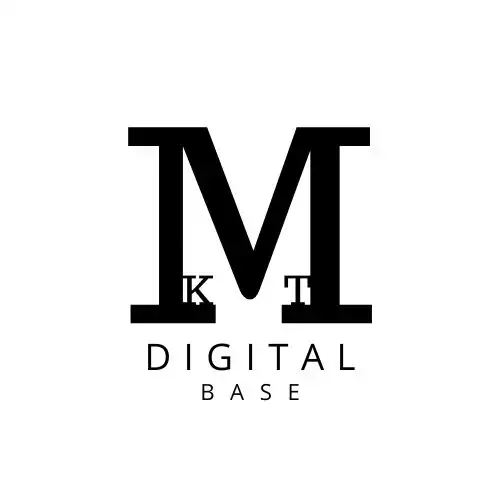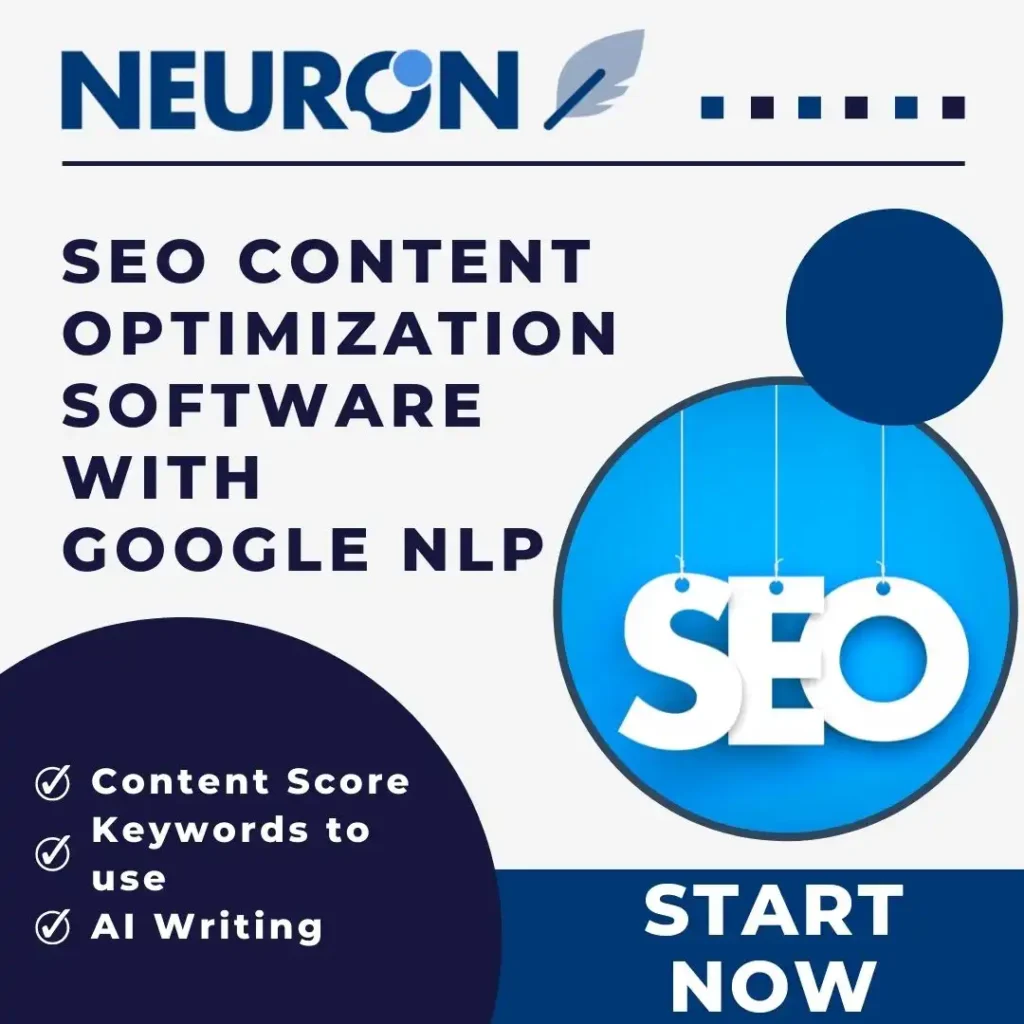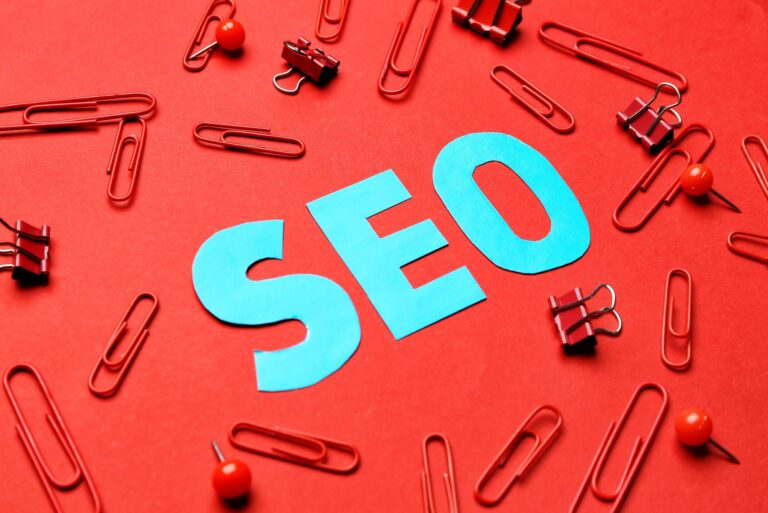Search Engine Optimization, commonly abbreviated as SEO, is a cornerstone of modern digital marketing strategies. As the internet has become the primary place people go to search for information, products, and services, understanding how search engines work—and how to ensure your content appears in search results—is vital. At its core, SEO helps websites gain visibility in search engines like Google, ensuring users can easily find the most relevant, trustworthy, and valuable content.
What Does SEO Stand For?
SEO stands for Search Engine Optimization. It refers to the process of improving a website’s visibility on search engines such as Google, Bing, and Yahoo. When users search for something, the goal of SEO is to ensure your website appears prominently in the search engine results page (SERP), especially within the organic search results.
This is not to be confused with paid search, where businesses pay to appear at the top of search listings. SEO, on the other hand, focuses on earning high placement through relevant content, technical improvements, and strategic optimization.
Learn more about SEO on Search Engine Land.
Why Is SEO Important?
A majority of web traffic comes from organic search. This means that when people type search queries into Google, the unpaid results drive the most consistent and long-term traffic. Appearing on the first page of search results can make a tremendous difference in how often your content is seen, clicked on, and engaged with.
SEO is important because it:
- Helps search engines and users understand your content.
- Improves your visibility on search engines.
- Drives organic search traffic without recurring ad spend.
- Builds trust and authority with both relevant search strategies and effective content. users and search engines.
- Supports a comprehensive digital marketing strategy.
Without SEO, even the most valuable content can remain invisible to potential visitors.
How Does SEO Work?
SEO works by helping your site meet specific criteria that search engines evaluate when ranking content. These include:
- Relevance to the user’s search terms are essential for improving your site’s SEO performance..
- Authority and trustworthiness.
- Technical quality and mobile responsiveness.
- User experience and page speed.
Search engine crawlers index your pages, and algorithms determine where and how your content appears. Google’s search engine, for instance, uses over 200 factors to rank content.
Understanding the basics of search engine optimization can empower you to craft content that both resonates with users and is favored by search engine algorithms.
Types of SEO
There are several types of SEO, each focusing on a different aspect of website optimization:
On-Page SEO
This includes optimizing search content, meta tags, URLs, internal links, and headers. The goal is to ensure that search engines understand the subject matter and relevance of a page.
Off-Page SEO
Focuses on external factors like backlinks from other reputable websites. Off-page SEO enhances site authority and improves search engine rankings through strategies like link building and social signals.
Technical SEO
Involves optimizing site infrastructure to help search engines crawl and index your website more effectively. This includes sitemaps, HTTPS, site speed, mobile friendliness, and structured data.
Local SEO
Aims to optimize your visibility for searches with local intent. If your business operates in a specific area, local SEO can help you appear in local listings and Google Maps.
Learn more about the types of SEO from Moz’s Beginner’s Guide to SEO.
The Goal of SEO
The primary goal of SEO is to increase your site’s visibility in search results so that more people visit your site organically. Search engines use different ranking factors to show the page results. High visibility means more traffic, more conversions, and better brand awareness.
SEO strategies aim to:
- Appear on the first page of search.
- Match the search intent of users.
- Improve overall site usability and performance.
- Provide the best search experience possible.
SEO also plays a vital role in both organic and paid search marketing by improving landing page quality, reducing CPC (cost per click), and supporting the site’s search optimization efforts. search engine marketing (SEM) efforts.
SEO Tools That Support Your Journey
The SEO landscape is constantly evolving, and staying ahead requires the use of relevant search tools. Some widely used SEO tools include:
- Google Search Console – Helps track search performance and fix indexing issues.
- Ahrefs, Semrush, and Moz – Provide insights into backlinks, search rankings, and competitor performance.
- Yoast SEO – A popular WordPress plugin that helps with the site’s SEO. on-page SEO.
- Screaming Frog – Useful for technical SEO audits.
These tools help search engines discover your content more efficiently, assist in optimizing search elements, and enable search engine optimizers to craft winning strategies.
Try Google Search Console to monitor and optimize your site’s performance in Google search.
SEO and PPC: The Connection
While SEO and PPC (Pay-Per-Click) are different, they complement each other. SEO builds long-term organic traffic, while PPC provides immediate visibility in paid search results. Together, they form a comprehensive search marketing strategy.
Digital marketing where advertisers rely solely on PPC can be expensive in the long term. Investing in SEO optimization ensures that your site ranks well even without continuous ad spend.
How Search Engines Work
To fully understand SEO, it’s crucial to grasp how search engines work:
- Crawling – Search engines discover content through various types of search queries. content via bots (or crawlers).
- Indexing – The content is stored in a searchable database.
- Ranking – When a user makes a query, the engine delivers search results based on relevance and authority.
These steps help search engines provide the best possible results for every search query.
Early search engines were less sophisticated, but today, search engines like Google prioritize relevant search keywords in your site’s SEO strategy. user experience, mobile compatibility, and search intent. The evolution of the SEO industry trends greatly influence how businesses approach their site’s SEO. reflects this growing complexity.
The Future of SEO
SEO has evolved significantly over the years and will continue to do so. The rise of voice search, AI, and personalization means SEO techniques must adapt constantly.
Modern SEO is about helping people and search engines find what they need faster by optimizing for people search habits. It’s no longer just about keywords—it’s about understanding the search intent, delivering value, and creating optimized digital experiences.
If you want to appear in search, climb to the top of search, and deliver the best search experience, your SEO journey needs to be strategic, informed, and ongoing.
For further reading and updates on search engine optimization, consider following resources like Search Engine Journal and Google’s SEO Starter Guide.
Whether you’re just beginning or fine-tuning your strategy, understanding the meaning of SEO and how it impacts visibility in search engines is key to thriving in the digital age.











